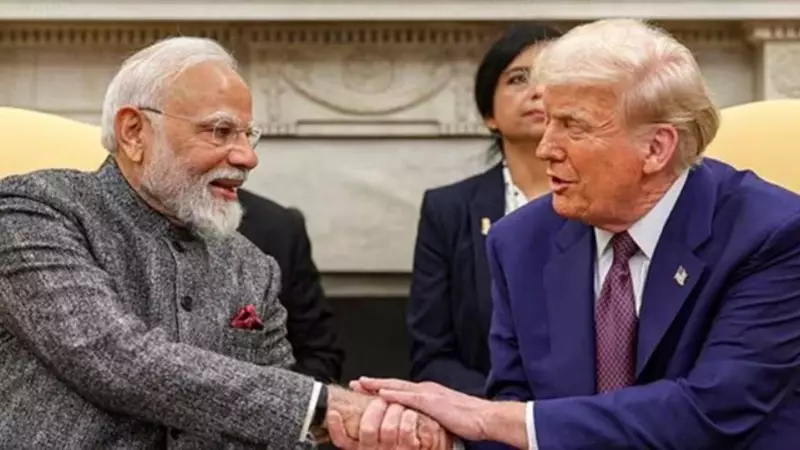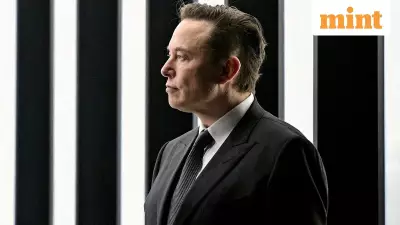
Historic Trade Breakthrough Between US and India
In a significant development for international trade relations, US President Donald Trump has announced that the United States will substantially reduce tariffs on Indian goods, signaling that both nations are on the verge of finalizing a comprehensive trade agreement. This announcement comes at a crucial time when global economic dynamics are shifting rapidly.
The revelation was made during a White House press briefing on Tuesday, November 11, 2025, where President Trump addressed the current trade landscape between the two democratic giants. India currently faces the highest tariffs of any country globally at 50 percent, primarily due to additional duties imposed over its purchase of Russian oil.
Strategic Partnership Strengthens
During the swearing-in ceremony of Sergio Gor as the US Ambassador to India and Special Envoy to South and Central Asia, President Trump emphasized the importance of the US-India relationship. "I'm trusting Sergio to help strengthen one of our country's most important international relationships, and that's the strategic partnership with the Republic of India. It's a big deal," Trump stated.
The US President further elaborated on India's significance, noting that India is home to one of the world's oldest civilizations and boasts over 1.5 billion people. He highlighted the "fantastic relationship" with Prime Minister Narendra Modi and described India as "the fastest-growing middle class, and an important economic and strategic security partner in the Indo-Pacific region."
Shifting Global Focus to India
This development comes shortly after the United States and China dialed down tensions last month, firmly shifting Washington's focus toward India. The US has long viewed India as a crucial counterweight to Beijing's influence in the region, making this trade agreement strategically significant beyond mere economic considerations.
Trade experts suggest that India needs to target a 15 percent tariff concession, aligning with what the United Kingdom and Japan have received. This rate is considered essential because Indian products may not remain competitive against Chinese goods, even with a 20 percent tariff difference with its neighbor.
The proposed 15 percent tariff rate would position India favorably compared to other regional competitors. The US currently maintains tariffs at 20 percent on Vietnam and 19 percent on ASEAN countries including Malaysia and Cambodia. Both ASEAN nations and India are seen as key components of the "China plus one" strategy being adopted by global companies seeking to diversify their manufacturing bases.
Energy Imports and Nuclear Cooperation
As part of the evolving trade relationship, India is expected to significantly increase energy imports from the United States. This strategic move could help New Delhi secure more favorable tariff rates between 15 and 20 percent. However, the ongoing US Supreme Court case could impact these dynamics if the Trump administration faces legal setbacks.
Commerce Minister Piyush Goyal had indicated in September that India, being a large importer of energy, would see a "very high element" of US involvement in its energy security goals in the coming years. The minister also expressed interest in Small Modular Reactor (SMR) innovations from the US, suggesting that both countries will continue collaborating in the nuclear energy sector.
This nuclear cooperation mirrors similar arrangements the US has with other nations, including Hungary, where both SMR technology and oil purchases feature in bilateral agreements. The US-Hungary partnership aims to make Budapest a hub for the emerging Central European SMR market, with potential investments reaching up to $20 billion for constructing up to 10 small modular reactors.
Competitive Positioning and Economic Implications
The tariff reduction is particularly crucial for India's competitive position against Vietnam, which has been rapidly boosting goods exports. At its current growth rate, Vietnam could surpass India's total goods exports despite being a much smaller country, making favorable tariff terms essential for India's export growth strategy.
This developing trade relationship represents a significant shift in global economic alliances and underscores India's growing importance in US strategic calculations. The reduction of tariffs, coupled with increased energy cooperation, signals a deepening of ties between the world's oldest and largest democracies at a time of considerable global economic realignment.





